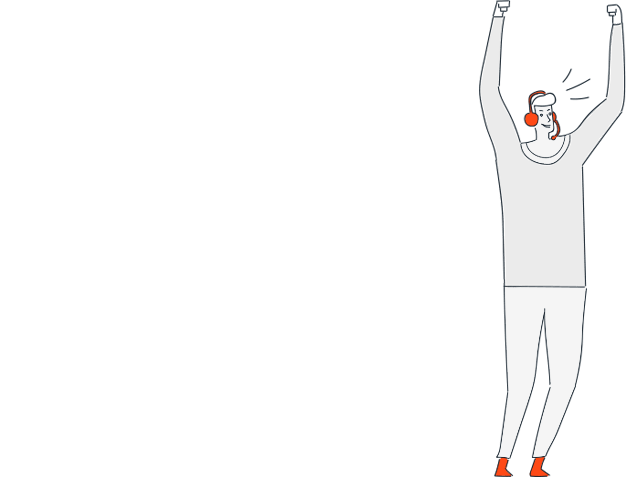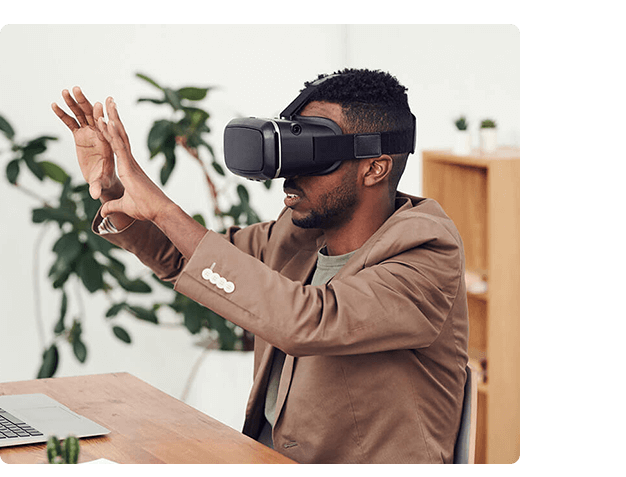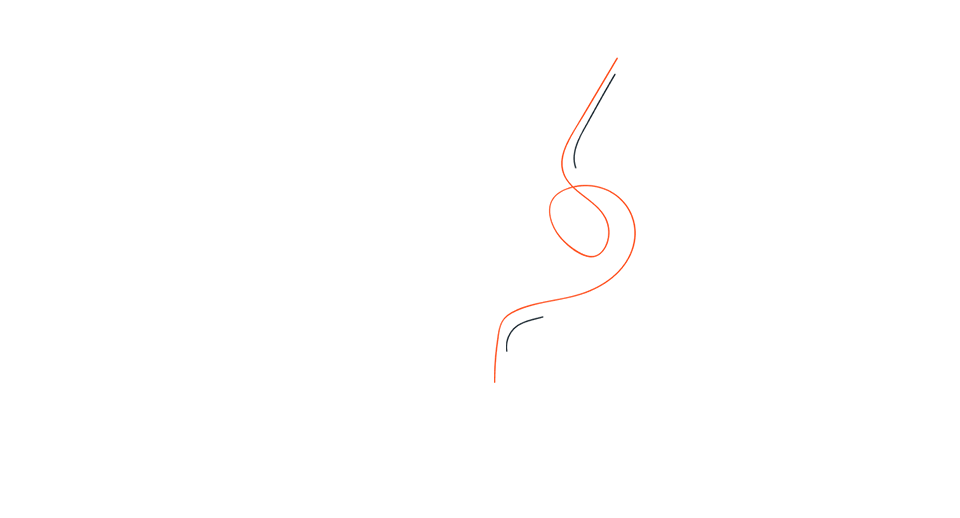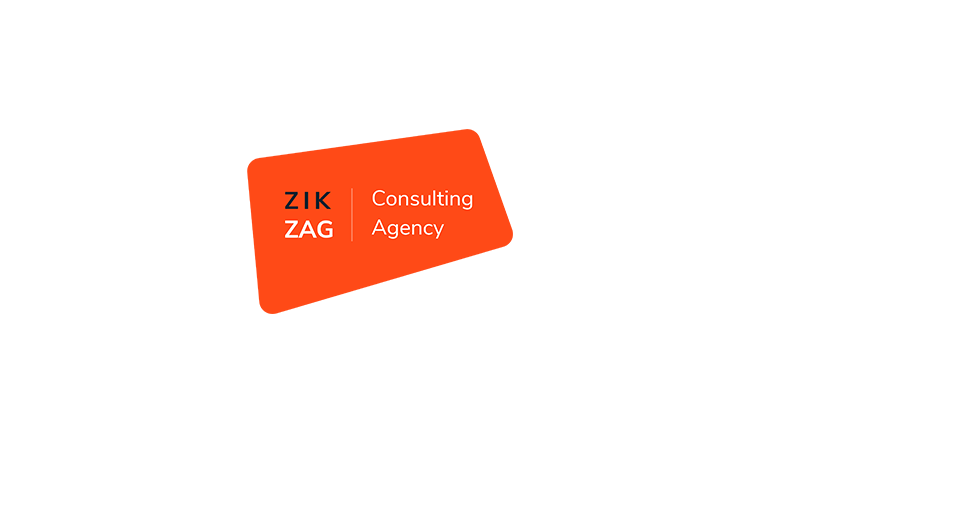The act of ensuring that material is created, published, and technically built in such a way that it reaches the widest potential audience is known as content optimization. Relevant keywords, meta and title tags, links, headers and subheaders, on-site speed, calls-to-action (CTAs), image sizes, and many other aspects are all considered during the process.
Essentially, the procedure is ensuring that your site’s pages are appealing to both search engines and users. Material marketing optimization is critical because your content is unlikely to be discovered by your target audience without it. Consider this: while search-based inquiries aren’t the only way people find information, they are the most effective way for them to find it without you giving it to them directly, as you do on social media or with adverts. People and potential clients find you on their own when you optimize your content for search engines. You should optimize content to:
rank on search engine result pages (SERPs), earn links, educate an audience, drive social engagement, increase lead generation, increase top of the funnel leads, And many more
To rank on search engine result pages, you need to optimize your content (SERPs)
Obtain links, educate an audience, enhance social interaction, and increase top-of-the-funnel leads, And there are plenty more.
The Content Optimization reports can assist you in better understanding how to optimize the content and navigation of your website. You can determine for sure which pages are the most popular, optimize your site for multiple browsers and platforms, measure the efficacy of your checkout process/conversion funnels, and more.














